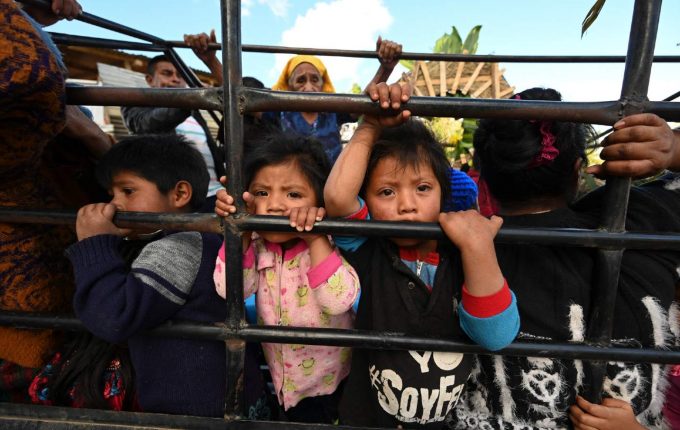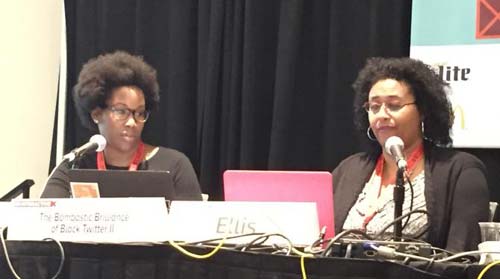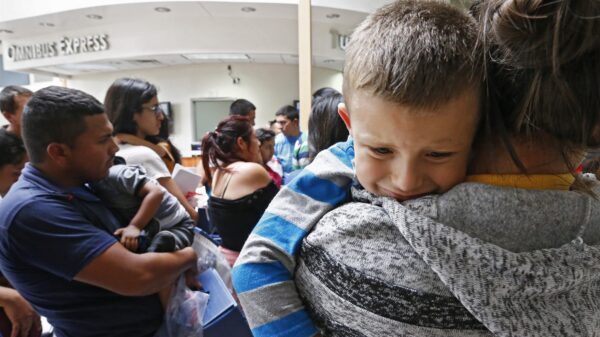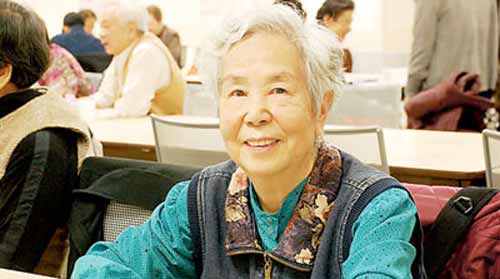Based on my own experience, here’s what we can do to make things better
Magazine, The Immigrant Experience, The Hechinger Report, By Lorena Tule-Romain
In August of 1999, when I was 9, my mother, sister and I arrived in this country after an arduous eight-hour walk across the Arizona desert. The hot summer night of our journey will forever be ingrained in my childhood memories, along with countless moments when I felt unwelcome and unsafe at school after arriving. As difficult as this was, I was one of the lucky ones — I traveled and arrived with a parent and was able to stay with relatives in Texas.
Not all undocumented children are as lucky — from February through May of this year 58,809 unaccompanied immigrant children have been temporarily detained in shelters.
As the co-founder of ImmSchools, an immigrant-led nonprofit that partners with K-12 educators to transform schools into safe and welcoming spaces for undocumented students and families, I am committed to creating better immigrant experiences for these children than the ones that I and so many others have had.
The reality is that schools are not prepared to adequately integrate and support the needs of unaccompanied immigrant children.
We can do better. I’ve come up with five things that we can do to improve the school experiences of these children:
- Educators must receive training and information to ensure they understand that unaccompanied children have the right to a K-12 public education once they arrive in the U.S. Through the Plyler v. Doe Supreme Court ruling of 1982, school districts are required to provide all children equal access to public education — regardless of their or their parents’ immigration status. Additionally, the McKinney-Vento Act of 1987 mandates services and protections for unaccompanied children who are experiencing homelessness. It is critical that educators understand these rights and protections and provide inclusive and appropriate services in their students’ native languages. This service is not automatically offered. I remember being the interpreter for my parents.
- School districts must establish partnerships with local organizations so that unaccompanied children have the necessary short and long-term support to ensure their academic, emotional and social well-being. Many immigrant organizations, including Catholic Charities, RAICES and others, are working to provide legal services and support for unaccompanied minors while they are in federal custody. However, after unaccompanied children are released from shelters and reunited with their family members or sponsors, their need for help continues, and community and school support is critical. It took 17 years for me to adjust my immigration status; I wonder if this would have been the case if I had sought legal advice earlier on.
- Schools must create supportive and inclusive enrollment processes. School enrollment is often complicated and stressful for families who are unfamiliar with U.S. education, don’t speak English and are in a precarious legal situation — as is the case for many family members and sponsors of unaccompanied children. Specifically, families and sponsors are frequently unable to retrieve children’s medical, birth and educational records. I went almost three weeks before enrolling in school because my parents were missing my vaccination and academic records from Mexico; my school did nothing to facilitate this process. Adopting enrollment practices that take into consideration the unique needs and circumstances of unaccompanied children is the key to establishing a trusting and inviting school environment.
- Schools must have structures in place to assess and meet the physical, academic, social and emotional needs of immigrant students once they start school. Many unaccompanied children have unstable housing and a lack of food and other basic necessities. For my first few months in the U.S., my family lived with relatives and I slept on the floor; for the first few weeks, I didn’t have adequate clothing. But there was no system in place to guide me or my family, and no one at school bothered to inquire about my situation. Often, the language barrier made it difficult to understand what was expected and needed to be done. Yet there are models in place to address these issues: For example, the San Antonio Independent School District (SAISD) created an International Welcome Center to assist immigrant families in the district whose children’s native language is not English. The Welcome Center has a robust process for assessing the needs of students, including interviewing them and their families to determine appropriate academic placement and connecting them to community resources, including health and food services, student uniform assistance and others. There is no reason programs like the Welcome Center can’t be replicated elsewhere.
- Schools must adopt trauma-informed practices. Unaccompanied children are trauma survivors. As such, schools must center students’ emotional, physical and social well-being by using Title I funding to provide short-term and long-term school-based interventions. One intervention could be assigning bilingual social workers and counselors to support the unaccompanied children after they enroll in school. Another intervention could be training teachers and school staff in trauma-informed practices.
The cost of not providing these interventions and resources is that students will be put at a disadvantage and will have a significantly harder time thriving in our schools and society.










